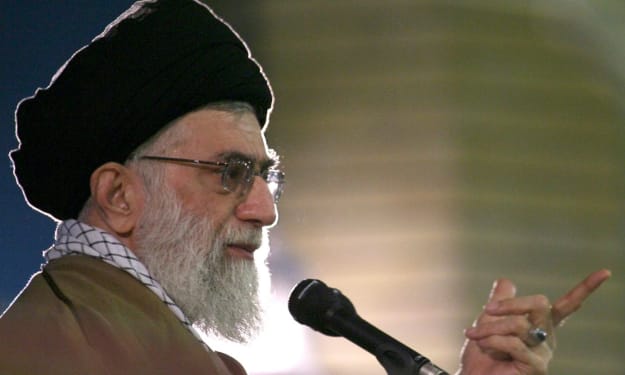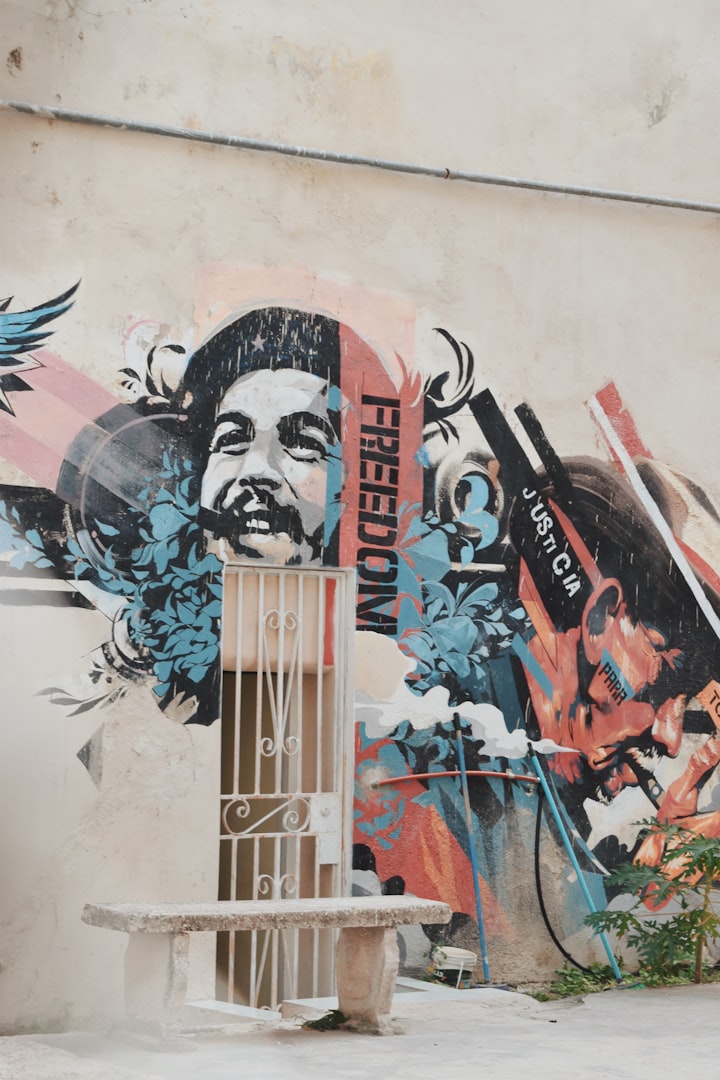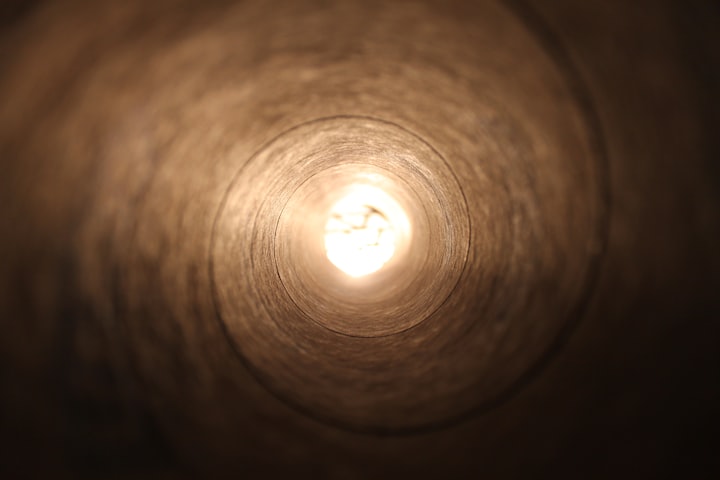What Is The Truth About Boris Johnson In Intensive Care
Posts suggesting Boris Johnson didn't have Covid-19 shared many times on social media, now labelled as satire, left doubts about what actually happened.

The rumours started a week after Boris Johnson went into self-isolation in the top floor flat of No 11 Downing Street. The story, spread by the PM and his ministers, had so far been convincing.
Yes, the prime minister had Covid-19. However, his symptoms were nothing to be worried. Mild even. And in a time when deaths from the outbreak were climbing, Boris Johnson had a secure grip on the vast crisis and the machinery of power.
On Thursday, April 2, everything changed. At the briefing for lobby reporters, Downing Street held to this comforting scenario. The PM continued to have a temperature.
But – subject to medical evaluation – there was every possibility he would be able to leave isolation the following day, they reassured the national press. Apparently, Johnson had shaken off the infection with the same speed as the health minister, Matt Hancock, after a brief rest.
But this did not happen. Over the subsequent five days the people were taken on an emotional rollercoaster; a prime minister who was seemingly in good moods and working hard, was suddenly in ICU and in genuine risk of "taking one for the team", as his dad, Stanley, would say.
A lack of honesty at a moment of national crisis?
That is what started doubts, even if It wouldn't be the first time.
Behind the scenes, collaborators were painting an alarming picture of Johnson's health after the first week. He did undoubtedly have a fever. Left unmentioned was the persistent cough.
During cabinet video conferences, the PM's symptoms were painfully visible.
They confirmed the seriousness of his condition. One suggested the PM was coughing up blood. Not true, Downing Street responded.
Many people who catch Covid-19 don't even notice. A small percentage becomes critically ill. The disease is new, but clinical experts accept that the most delicate period is week two. Then patients usually begin to improve. But some quickly crash, as the disease hits the lungs.
By April 2, doctors were worried that in prime minister's case, the virus was taking the second, grim path. St Thomas' hospital started making arrangements to receive the PM.
A source said that staff were told Jonson's condition was significantly more critical than had been publicly revealed. And that he was going to require oxygen support.
Johnson was in touch with his chief personal secretary, Martin Reynolds, and his GP in Downing Street. Many of his primary counsellors were also off sick, with self-isolating Dominic Cummings at home and the communications chief, Lee Cain, away.
As the situation of Johnson deteriorated steadily, phone calls were cut off; government papers were trimmed. His attitude to his health has been characteristically optimistic: he'd overcome it.
Boris Johnson admitted to hospital.
Johnson, who is 55, was admitted to St. Thomas' hospital on Sunday evening with what had been described as 'persistent symptoms' of the novel coronavirus.' On Monday evening he was admitted to intensive care after his condition 'worsen'.
Nevertheless, Chancellor of the Exchequer Rishi Sunak told the nation that the prime minister was recovering, sitting up and 'positively engaging' with the medical team. Meantime, 60,733 people around Britain had already tested positive for the virus, 7,097 of whom had died.
Stories of Johnson's deterioration were circulating among Tory backbenchers and reporters. Downing Street maintained these suggestions were wrong. In hindsight, this leadership appears misleading.
The reports were loosely correct: the PM was seriously ill, more than indicated.
At 8 pm that evening, the PM appeared on the steps of No 11, to clap for NHS workers. He didn't look right.
On Friday, April 3, Johnson recorded a video urging the public to stay at home through the anticipated sunny weekend. He said he still had a fever and kept in isolation. That was day eight.
Johnson was sinking in typical Covid-19 style.
By the weekend it was clear to the few in touch with him that the prime minister was struggling to do his job.
On Saturday, April 4, Johnson's fiancee, Carrie Symonds, pregnant, and self-isolating with coronavirus symptoms, at the time, became agitated, friends said, crying on the phone. Hancock insisted all was fine, telling Sky News, the PM was "working away" and held his "hand on the tiller".
In truth, Johnson's breathing had worsened. On Sunday lunchtime the plan to admit Johnson to St Thomas' was rebooted.
In the evening he was taken to a private room on the 12th floor. Downing Street did not deny news he was immediately given oxygen. Once again, his spokesperson tried to downplay events, stating it was "a precautionary measure". The consultant leading the prime minister's care was Dr Richard Leach, the clinical director of the hospital's pulmonary unit and a preeminent lung specialist.
The next day, Monday, April 6, things took a kind of Soviet turn. While the PM was gasping for breath, his aides declared at the press briefing that PM was working his way through red boxes.
At 5 pm the foreign secretary, Dominic Raab, also said Johnson was in charge and "leading". Questioned when he had last spoken to him, however, Raab answered it had been the Saturday.
It was clear the government was covering up, or incompetent, or both. (No ten said when Raab spoke, he was not aware of his boss's unexpected decline.)
On Monday afternoon, the PM's health got significantly more critical.
They decided to transfer him to one of St Thomas' two intensive care units. Johnson was taken to a side room, on the east wing's first floor. The evolution stunned Downing Street.
At 8.10 pm it revealed the prime minister was in critical care, announcing he had asked Raab to deputise for him. The fantasy of Johnson being in charge had ended. Politicians and World leaders sent him good wishes. His aides were in shock.
Typically, Covid-19 patients admitted in ICU are put on ventilators. This is a traumatic and invasive process. Some hospitals treat severe cases with constant positive airway pressure ventilator (Cpap). St Thomas', however, prefers full ventilation, considering this is how you spare people, experts say.
One source inside St. Thomas said Johnson was "very sick" when transferred into ICU. "It was touch and go whether to put him on a ventilator," the source admitted.
Should he have been in intensive care
The same source, however, (and this is the way the rumours of story fabrications often start) wondered if the prime minister actually should have been in intensive care.
About 130 patients were in critical care during that time; the majority was on ventilation. Johnson was never on any ventilator. He didn't even receive Cpap, a less invasive method of treatment.
"Before the new coronavirus crisis, you could be in ICU even if not on a ventilator, but a Covid-19 patient takes almost every bed on a ventilator. I know people working in ICU, and I know the technicians preparing all the equipment, and they all say he never was on a ventilator. He was occupying an ICU bed while he didn't need it. The idea to put a patient who didn't require a ventilator on an ICU bed is nonsense."
Against this was the evidence that Johnson – who is 55 – fitted the pattern of different male severe cases. Another source at St. Thomas', who is also a friend of mine, said: "They have a low threshold for people with his profile (over 50, overweight). If we don't get a tube in early, it is much harder to do later on, should the patient deteriorate further."
On Wednesday, April 8, there was some good news.
Johnson was still not on a ventilator. "If they don't go on it during the first 48 hours in ICU it's normally a good sign," my second source confirmed. At the daily briefing, Rishi Sunak said the prime minister was sitting up and engaging positively with hospital staff. "He charms all nursing staff, asking to call him 'Boris'," one said.
After three nights in intensive care, he was taken to a general ward. Downing Street said he was in good spirits and "enormously grateful" for the care he'd got.
By Easter weekend Johnson was keen to move back home. His medical team advised caution. Johnson prevailed.
At midday on Sunday, he was discharged, after seven nights in hospital.
Just hours later, Boris Johnson appeared in a video message sent from Chequers, and it was the same old Johnson.
The NHS saved his life "no question".
He gave praise to two intensive care nurses who had watched over him for 48 hours when "things could have gone either way". They were Jenny from New Zealand and Luis from Portugal. He said their care was "the reason, in the end, my body did begin to get enough oxygen".
He experienced a scare, no doubt about it.
Anyhow, the prime minister seems to be in much better shape now.
By joining the support for the NHS with a touch of nationalism and Brexit, Johnson won the EU referendum in 2016.
Whatever mistakes were made regarding the pandemic, Boris Johnson has another conquering political expression to silence critics.
No matter what my political views are or which side I might be on, I am glad to see him back in No 10.
About the Creator
Anton Black
I write about politics, society and the city where I live: London in the UK.






Comments
There are no comments for this story
Be the first to respond and start the conversation.